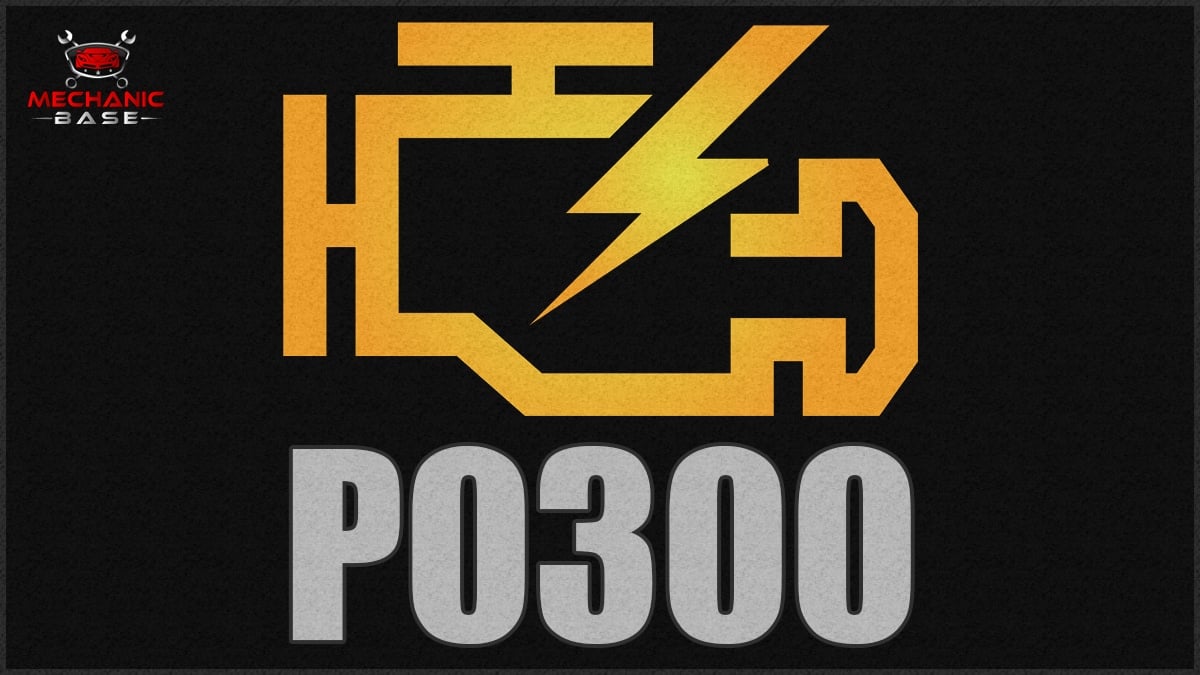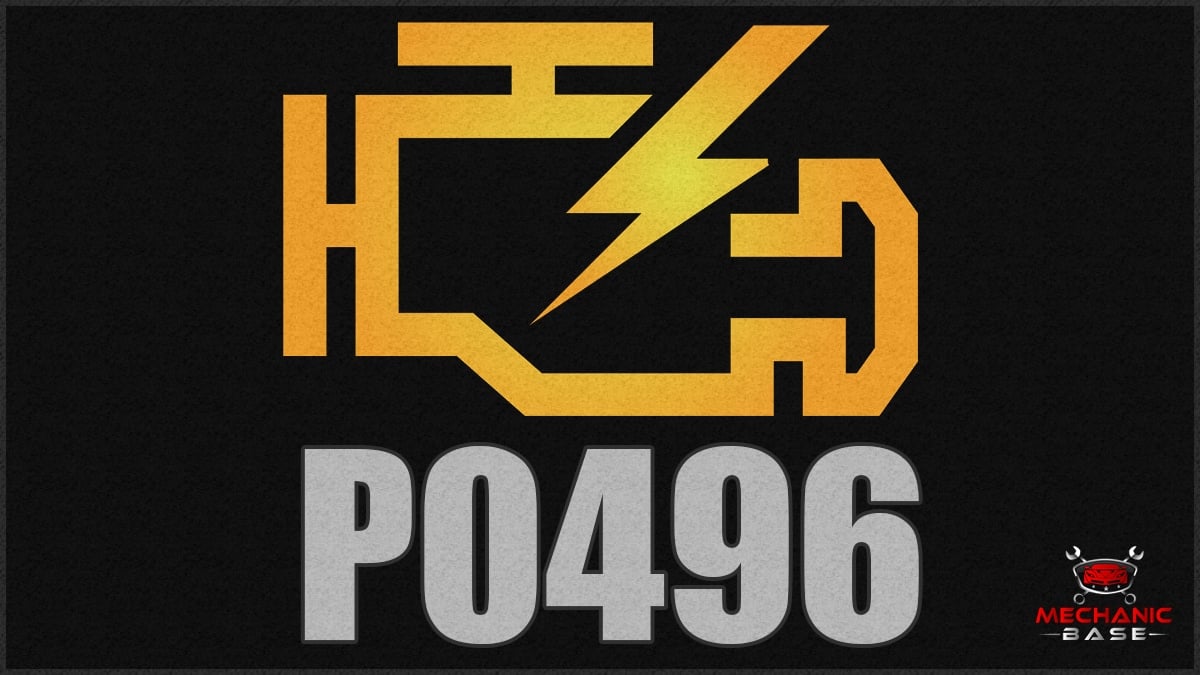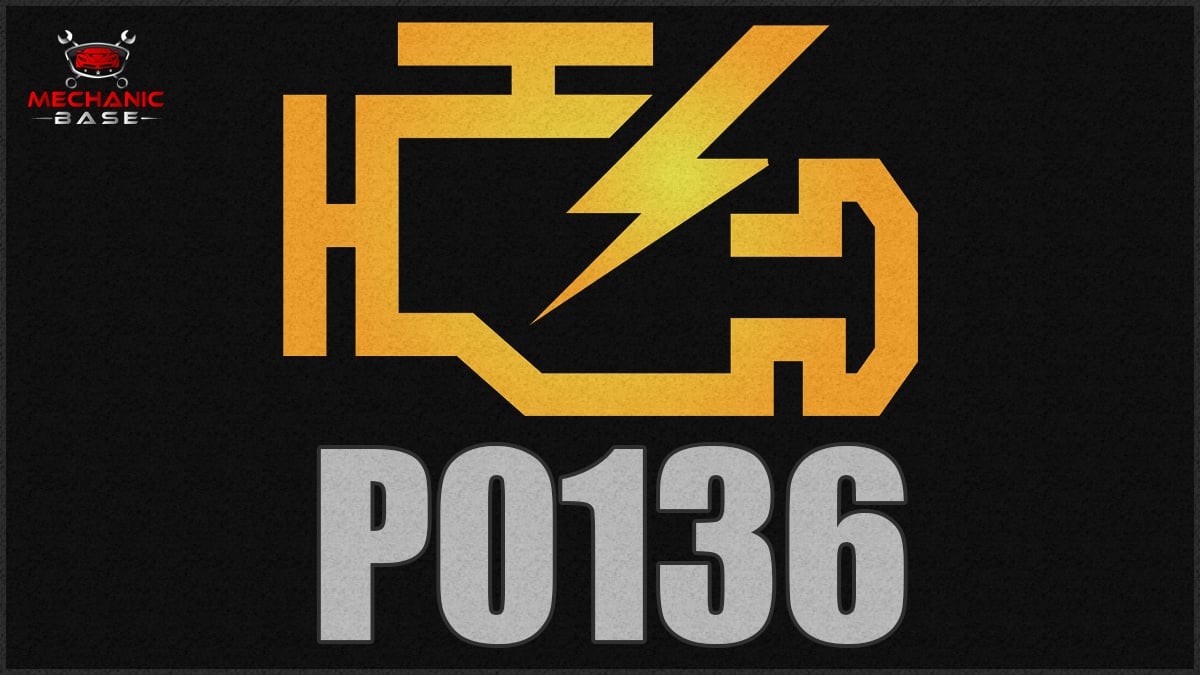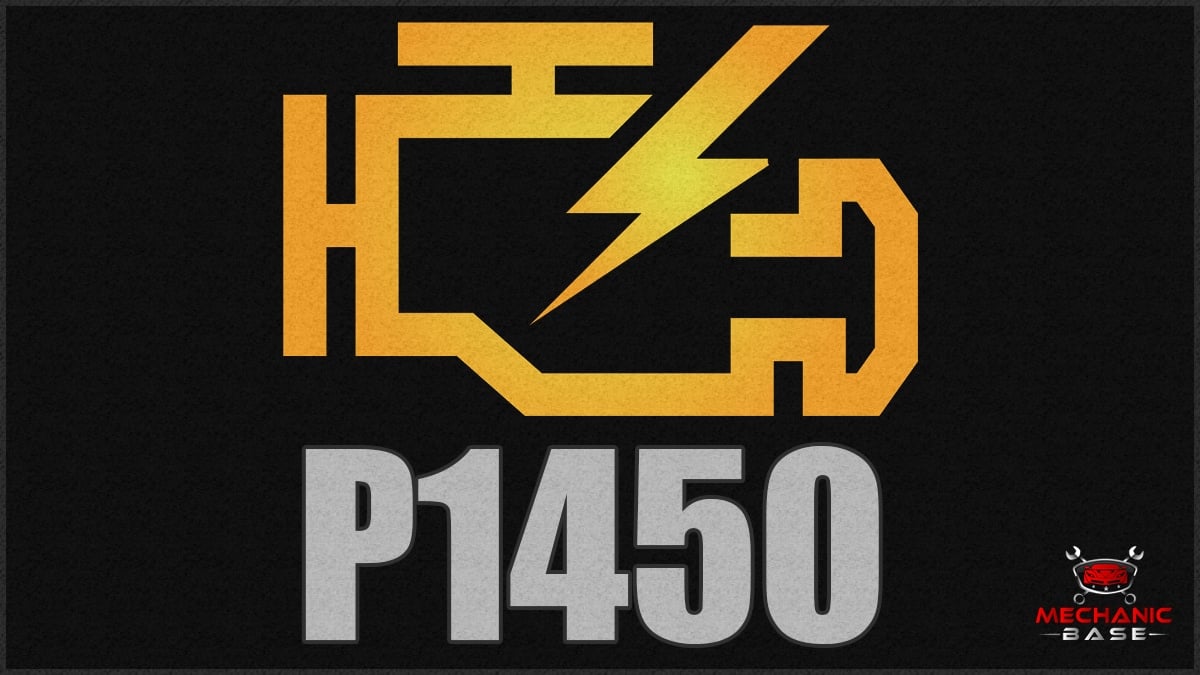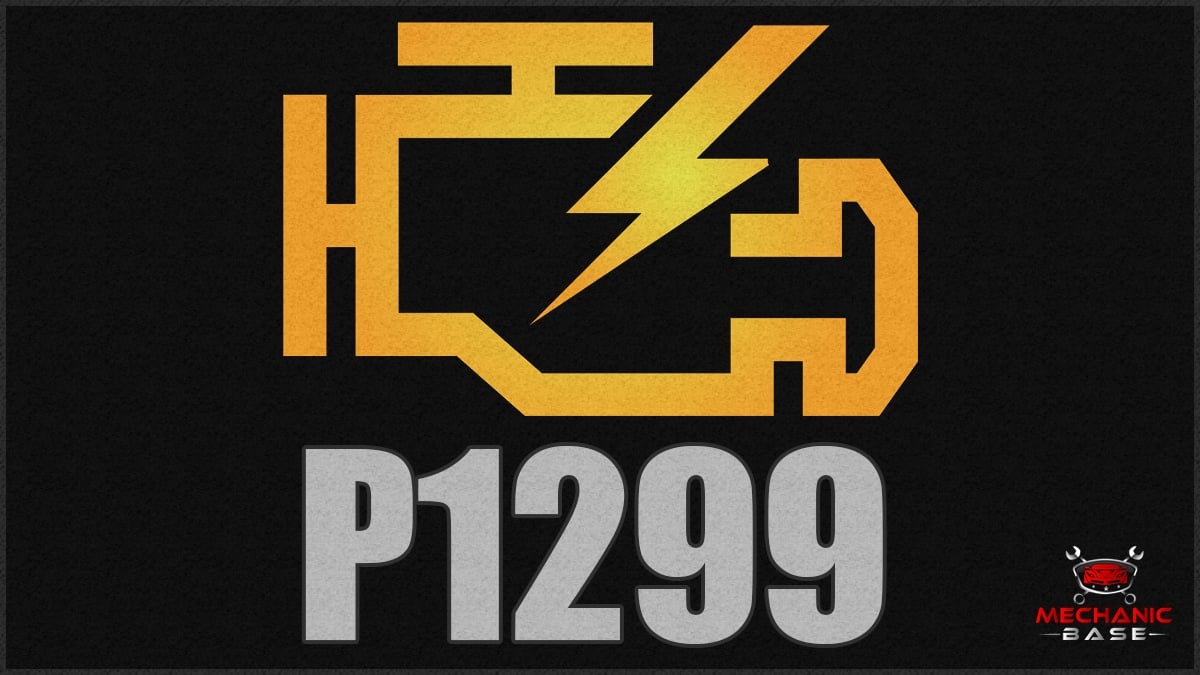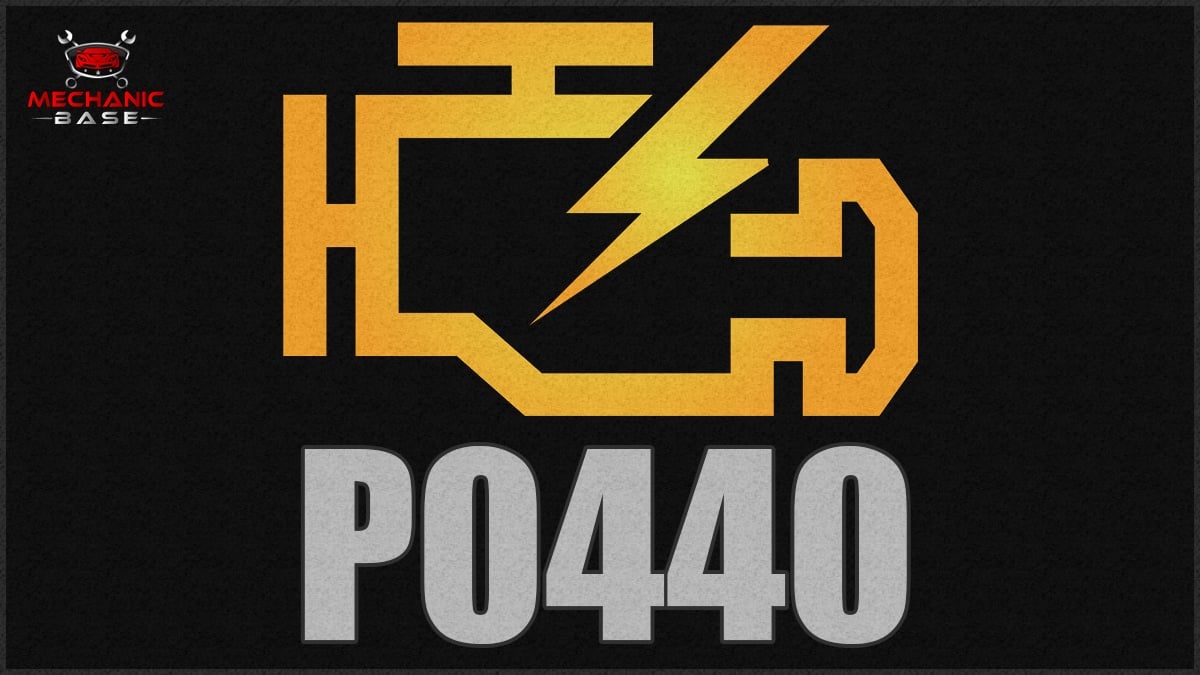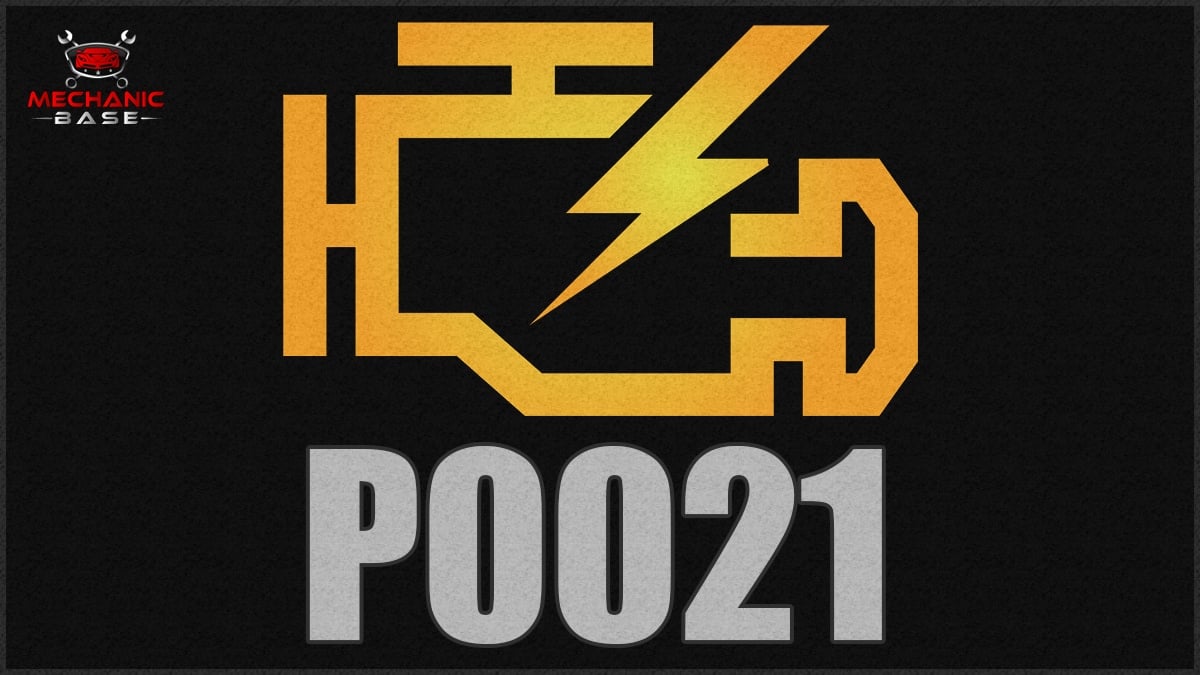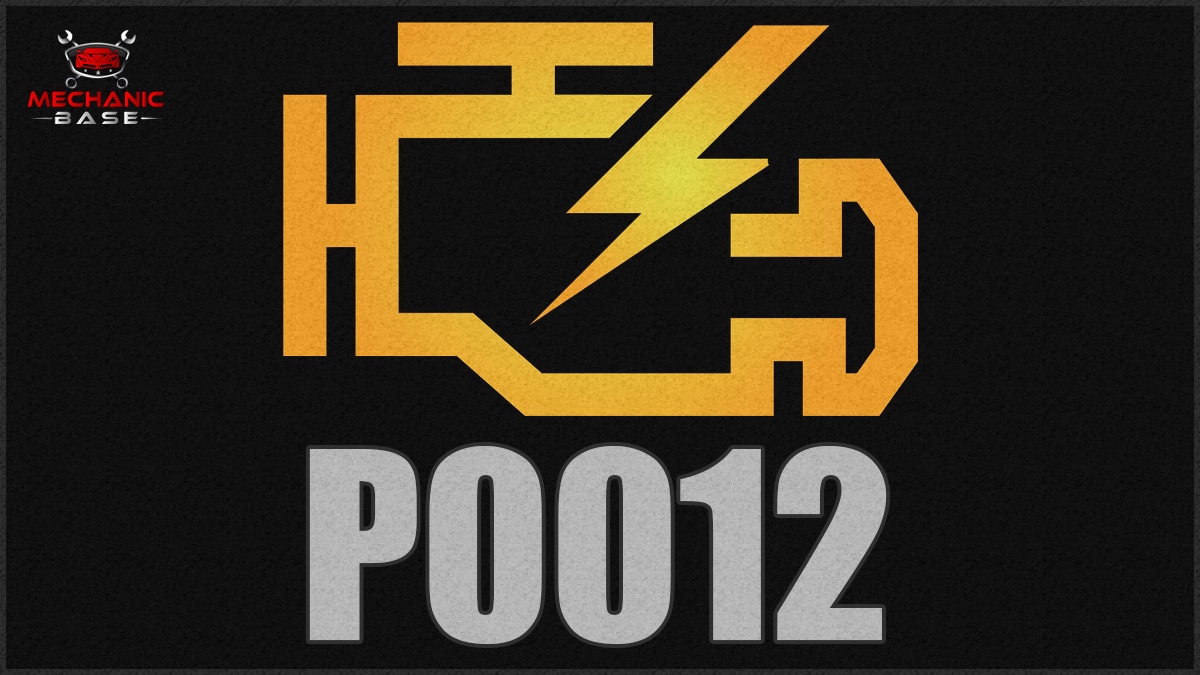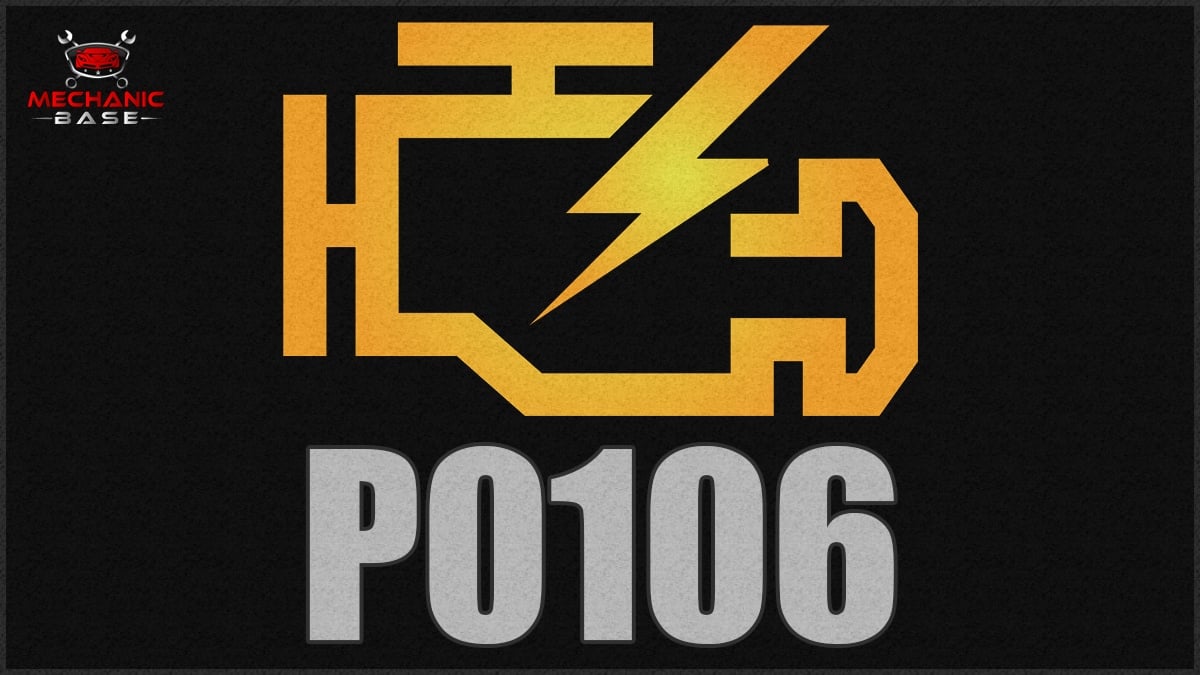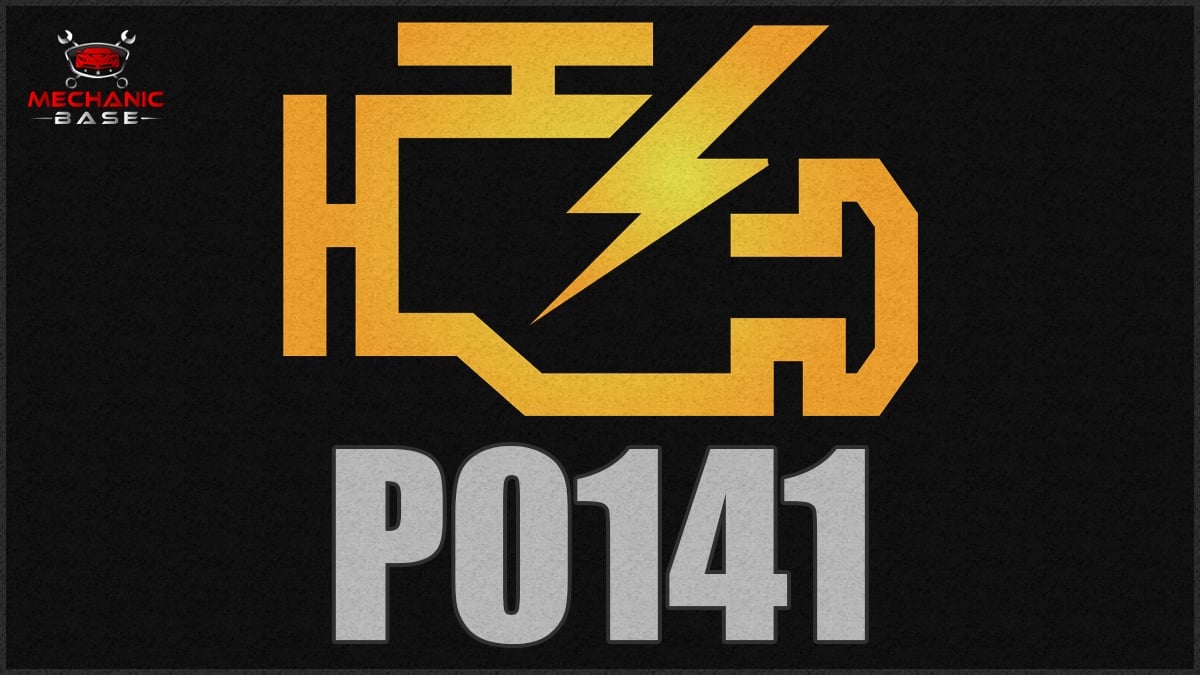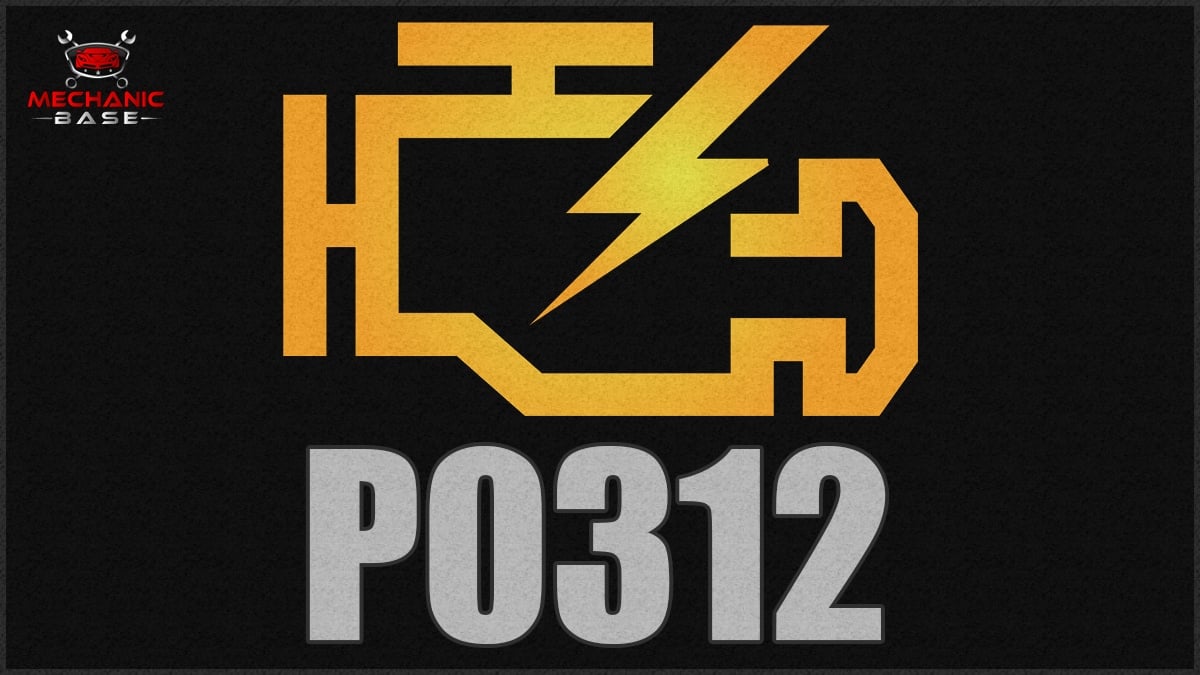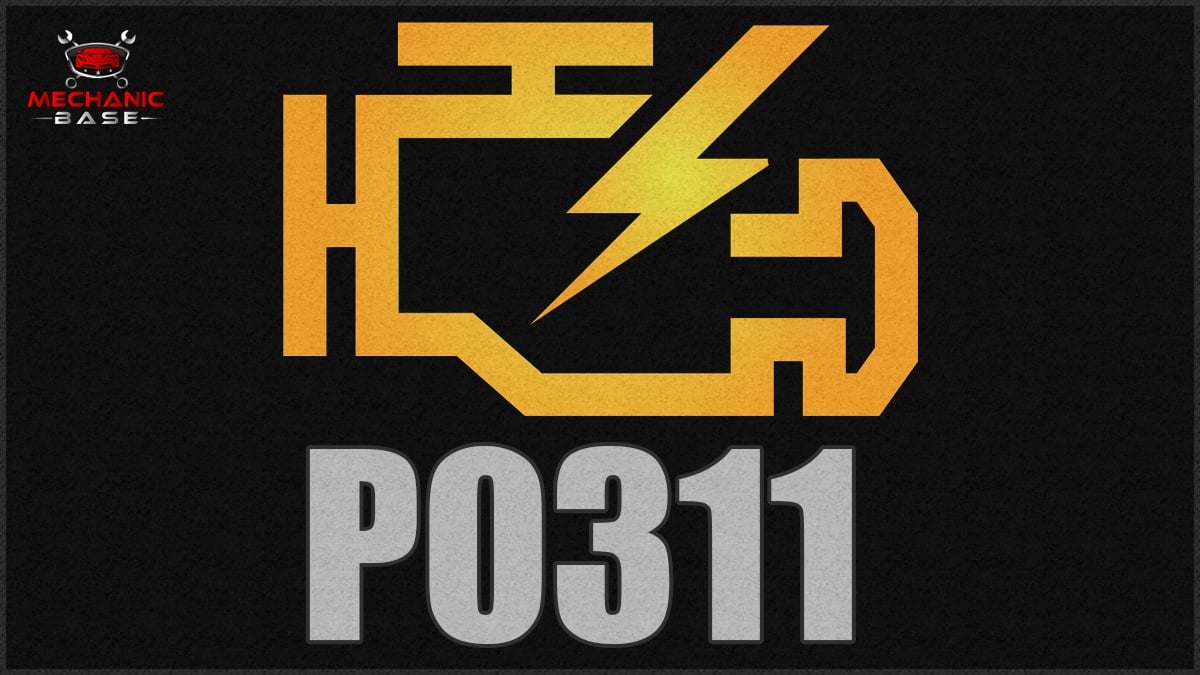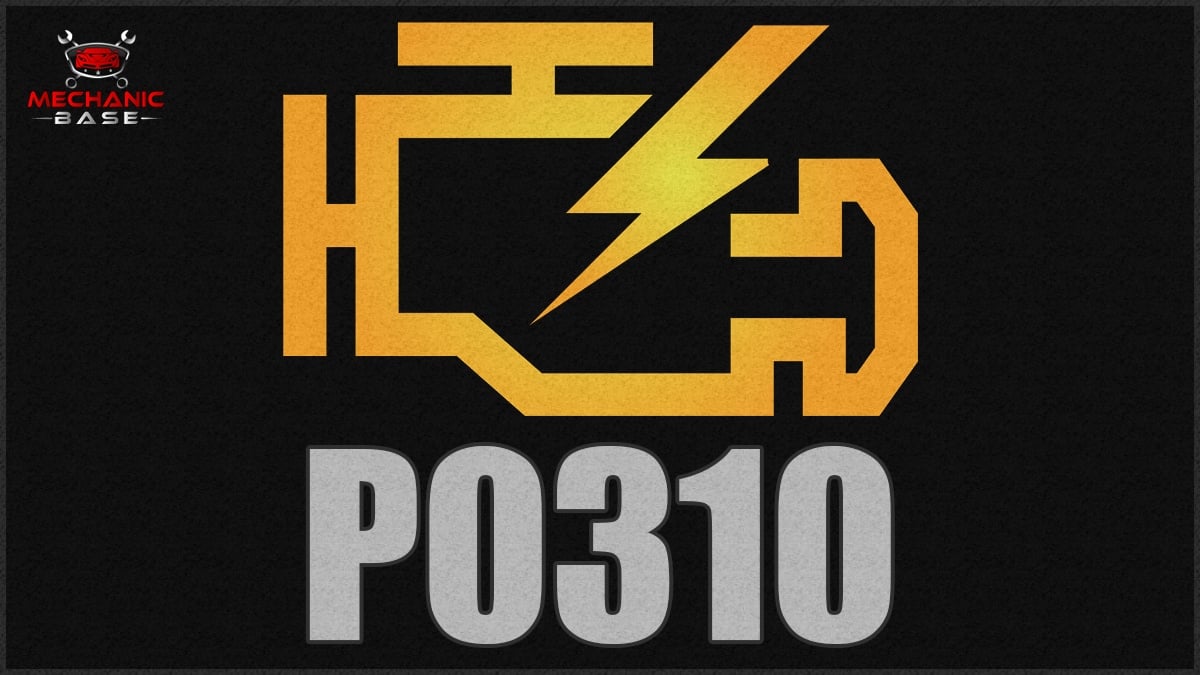You don’t have to bang your head to figure out what the P0134 code means. If your car isn’t running right and you found this trouble code, I can help you get to the bottom of the problem.
This guide covers the meaning of the P0134 DTC. I also look at what it causes, the symptoms that come with it, and how to repair it.
Code P0134 Definition
P0134 – O2 Sensor Circuit No Activity Detected (Bank 1 Sensor 1)
What Does the P0134 Code Mean?
The P0134 trouble code indicates that the front oxygen sensor on Bank 1 is inactive. The activity from the oxygen sensor is measured by the powertrain control module (PCM). It is considered a generic code because it applies to all vehicles equipped with OBD-II.
In general, the PCM offers a 450 mV baseline voltage from the oxygen sensor signal circuit. While the system is cold, the car’s PCM determines that the internal resistance of this sensor is going to be high. However, once the sensor gets warmed up, this resistance is going to decrease, as the voltage is produced based on how much oxygen content is in the exhaust.
If it takes too long for the sensor to warm up, the voltage is rendered inactive by the PCM, thereby setting the P0134 code.
RELATED: Bank 1 vs Bank 2 – Sensor 1 & 2 (Locate O2 Sensors Fast & Easy)
P0134 Trouble Code Symptoms
It’s possible to not notice any symptoms with the P0134 trouble code other than seeing the Check Engine Light. However, there could also be some performance issues occurring at the same time.
Here are a few of the most common complaints.
- Check Engine Light
- Exhaust smoke
- More emissions
- Engine performance decreases
- Misfires
- Reduced fuel economy
Causes of the P0134 Code
The most obvious cause of the P0134 code is that the oxygen sensor has failed. However, the code can also be initiated because of other issues that are normally related to the oxygen sensor.
Here are a few causes to consider.
- Bad O2 sensor
- Defective O2 sensor wiring
- Engine vacuum leak
- Exhaust leak
- Failing computer
How Serious is the P0134 Code?
Medium – In many cases, you can have the P0134 code show up on your scanner and not notice any trouble with your vehicle. There’s no reason to believe that the car will stop working because of these issues, so it’s normally okay to continue driving. However, there could be a lack of power.
On top of that, additional damage can occur when you drive with a bad oxygen sensor. The catalytic converter will eventually go bad after a long time of driving with a malfunctioning O2 sensor. Considering how expensive it is to replace the catalytic converter, it’s best to fix the problem as soon as possible.
What Repairs Can Fix the P0134 Code?
With most problems stemming from a bad oxygen sensor, a replacement might be necessary. However, to determine this, you must first follow all of the proper diagnostic steps to ensure that it isn’t a different part causing your trouble.
Here are some of the most common repairs related to the P0134 DTC.
- Replace O2 sensor
- Repair/replace O2 sensor wiring
- Repair engine vacuum leak
- Repair exhaust leak
- Replace/reprogram the computer
Common P0134 Diagnosis Mistakes
It’s easy to misdiagnose the P0134 trouble code, assuming that it is just a faulty oxygen sensor before double-checking. Even if the problems seem to stem from the oxygen sensor, there are other aspects to check. For example, the wiring might be faulty, causing what seems like a failure of the sensor itself.
The only way to rule out other concerns is to perform a complete diagnosis. Before you replace an oxygen sensor, you should at least take a look at the wiring for any damage.
How to Diagnose the P0134 Trouble Code
Even if you aren’t a professional mechanic, you can diagnose the P0134 code like the experts. With these steps, you ensure that the right part is replaced instead of just replacing components at random.
Here’s how a professional would troubleshoot this issue.
- Use a code scanner to determine if this code is set and what others correspond with it. If there are too many codes, you can erase them and drive your car until new ones have been set again.
- Perform a visual inspection. Knowing that the problem is found on bank 1 sensor 1, you know where to look. Examine the wiring to the sensor to see if any damage is evident. You can also inspect the sensor.
- If you notice damage, you can start the repair. If the sensor has been compromised, it needs to be replaced.
- If there doesn’t seem to be anything wrong with the sensor or the wiring, you need to move on to looking for an exhaust leak. It could occur anywhere between the O2 sensor and the engine. This leak check might require a smoke test. In that case, you will need specialized equipment.
- If you find any fault, you know what needs to be replaced.
- If there’s still nothing wrong, check the voltage at the O2 sensor. It should remain in the manufacturer-recommended range that’s in your service manual.
- If the voltage is good, move on to a continuity test of the opposing ends of the feedback wire to the sensor. It runs from the O2 sensor to the pin on the ECM. If you can’t verify the continuity, an open feedback circuit is the problem.
- Otherwise, if a new O2 sensor doesn’t fix it, the ECM or PCM may be to blame, and it needs to be reprogramed or replaced.
Estimated P0134 Repair Cost
The cost to fix this trouble code depends on what you determine the root cause to be. Some issues might have a minimal repair cost, while others can become quite expensive. With a proper diagnosis, you know what needs to be replaced, and you won’t waste money.
Here are some common repairs with the average cost of parts and labor.
- Replace O2 sensor – $200-$500
- Repair/replace O2 sensor wiring – $50-$1,000
- Repair engine vacuum leak – $150-$1,500
- Repair exhaust leak – $100-$1,500
- Replace/reprogram computer – $450-$2,500
Mechanics Tips about the P0134 Code
On rare occasions, there will be other problems that are causing the problem. If nothing else seems to be apparent, you should double-check the exhaust pipe. Any rust or damage to the exhaust pipe could lead to a malfunctioning reading of the O2 sensor.
It could also be something as simple as a blown fuse, although that doesn’t occur often. Don’t forget to think outside the box if all other roads seem to dead end.
Related Trouble Codes
Categories: OBD Codes

